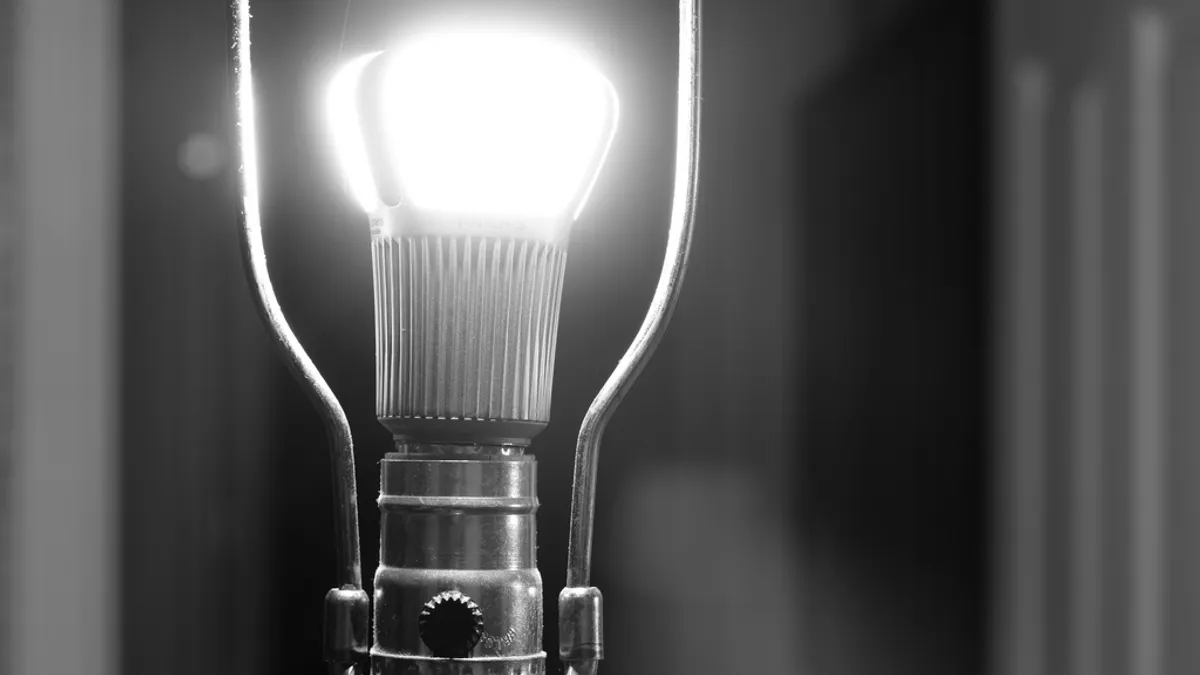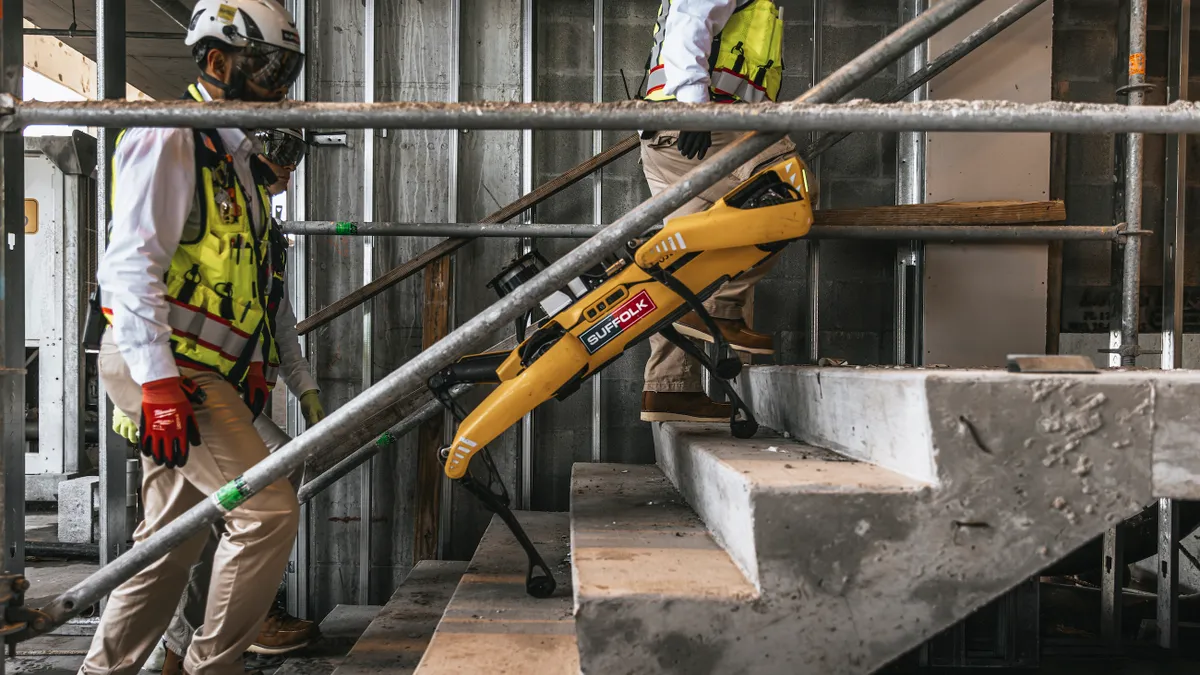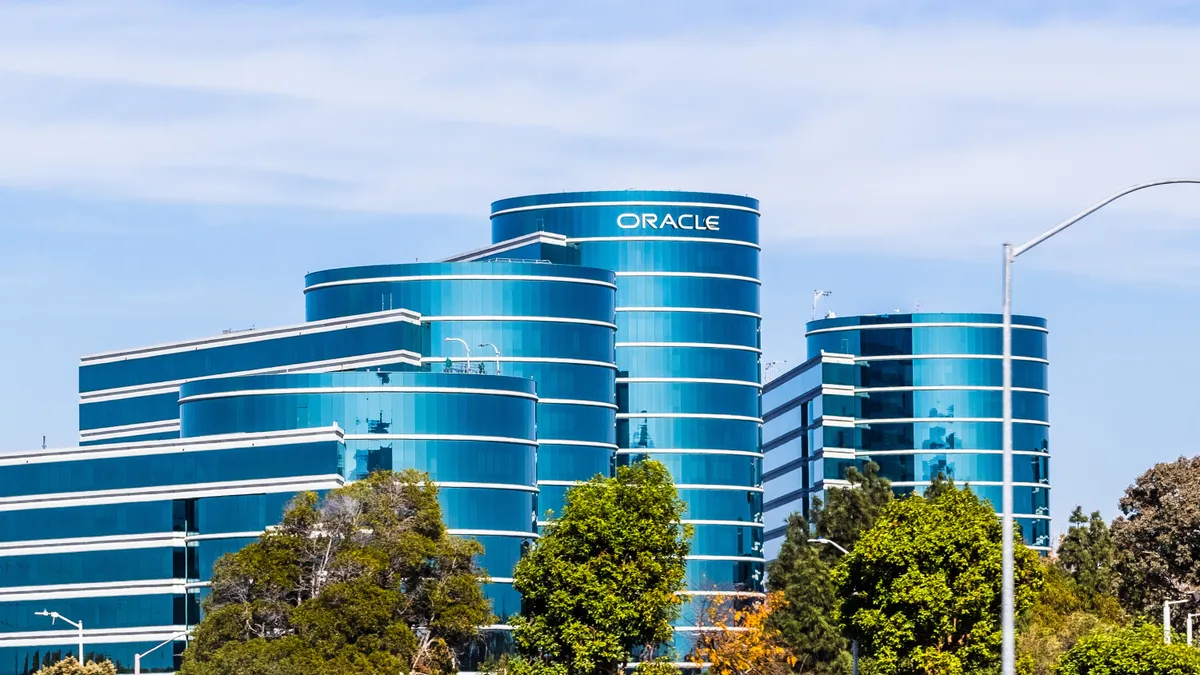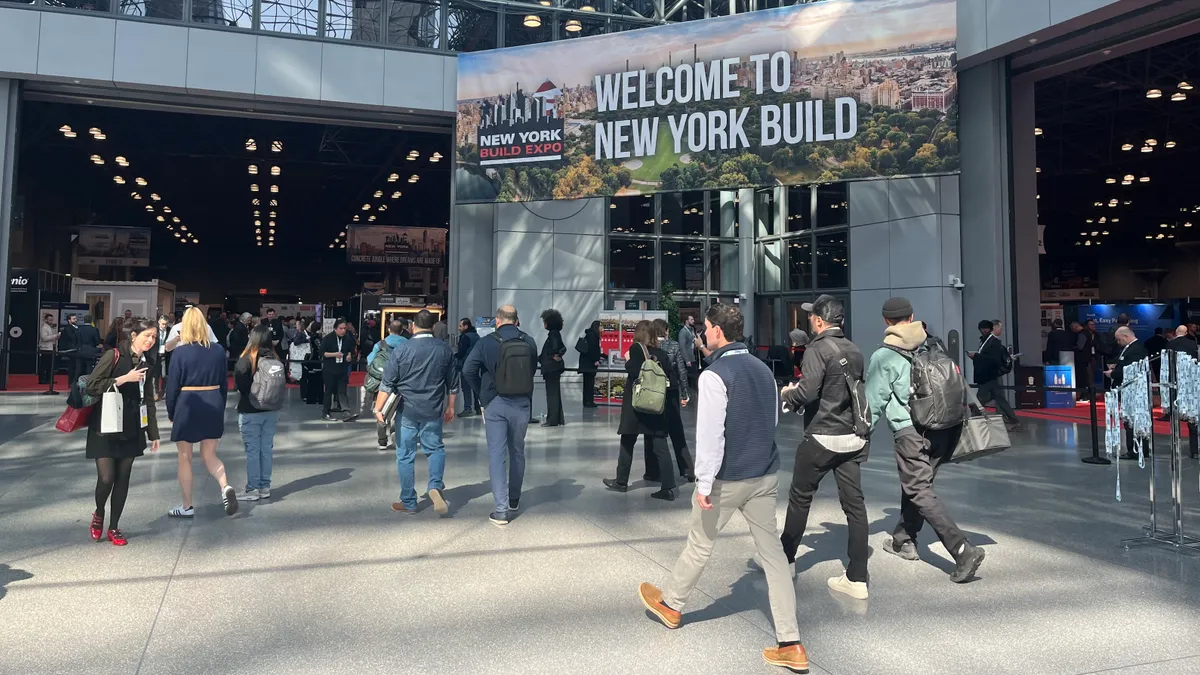Until recently, the lighting scheme in a newly built house was something of an afterthought. Aside from installing recessed cans in the kitchen ceiling, vanity lighting above the bathroom sink, a pendant over the dining room table and plenty of wall outlets throughout the house, builders have long left the details of lighting their homes to buyers to figure out after they move in.
That’s in large part because the role of residential lighting itself has largely been singular. For nearly a century, electric lighting in homes revolved around the incandescent light source and its ability to illuminate space at a pre-set color temperature — typically a soft, warm glow. The passage of the Energy Independence and Security Act of 2007 triggered the first real shake-up around that notion, effectively phasing out common household incandescent lamps and providing a stricter energy-efficiency mandate for new light sources.
This left the market in need of an alternative. CFLs, an outcome of the energy crunch resulting from the 1973 oil crisis, were first in line. However, claims of lengthy warm-up times and inconsistent light quality held them back while research investment in LEDs — light emitting diodes — spurred an eventual takeover.
“CFLs were simply a Band-Aid solution until LED lighting became affordable,” said Jim Ramsey, director of purchasing for Crofton, MD-based Caruso Homes.
Now, LEDs are beginning to prove themselves on functionality, versatility and efficiency in cost and performance as lamps and as part of integrated fixtures. And, slowly but surely, builders are beginning to see the light.
Understanding the technology
In terms of energy efficiency, LED is the leader among light sources. While a 60 watt incandescent lamp produces 13 to 14 lumens per watt, a comparable CFL produces 55 to 70 lumens per watt and an LED version delivers 60 to 100 lumens per watt, according to the U.S. Environmental Protection Agency.
LEDs also enjoy longer life spans than other light sources and they offer a smaller form factor, which means slimmer fixtures and more opportunities to integrate lighting in furniture and other finishes. While LED-based products can cost more up front than incandescent alternatives, a longer life generally means fewer replacement costs. According to the U.S. Department of Energy, residential LED lamps can last 25 times longer than their incandescent counterparts.
“CFLs were simply a Band-Aid solution until LED lighting became affordable."

Jim Ramsey
Director of purchasing, Caruso Homes
LEDs have other advantages as well: Incandescents and CFLs burn hot to the touch, while LEDs do not. CFL lamps contain a small amount of mercury, which can be released when broken. The EPA’s protocol for cleaning up after a broken CFL includes having people and pets leave the room and turning off whole-house forced-air heating and cooling systems. LED light sources require much less vigilance for safeguarding health in general illumination applications. They create light when electricity is passed through a semiconductor in a process called electroluminescence — no filament to burn out, no known toxins to contain.
While first-generation LEDs were expensive and gained notoriety for poor performance, new iterations are already meeting some of the nation’s strictest specifications, including the voluntary California Quality LED Lamp Specification issued by the California Energy Commission that sets performance standards for LEDs such as color temperature, color rendering and dimming as well as power-factor and electrical safety requirements. The standard intends to promote LED products that offer better performance as compared to current mandates, preparing the market for even stricter regulations to come.
Getting builder buy-in
Builders who are embracing LEDs say they have noticed fewer customer complaints about the lighting in their homes. “LED lighting is simply a better end-user experience,” said Caruso’s Ramsey, who added that once the LED candelabra lamps match the decorative look of incandescent versions, the company’s projects will be 100% LED. Cost was the primary factor in the company's conversion to LEDs. “We monitored the price of LED bulbs for many years and [it] has dropped dramatically,” he said.
For other builders, such as Chantilly, VA-based Evergreene Homes, the switch to LEDs remains a goal but it’s not yet a reality. “We currently use CFLs, mostly because they fall within Energy Star guidelines and have a low cost,” said Scott Timmermans, a sales manager with the company. “We haven’t made the leap yet to LEDs. Mainly, it’s a price thing.”
Builders can incorporate LEDs in a variety of applications, including light strips for undercabinet illumination, downlights or recessed spots overhead, and plug-in fixtures to add depth and variety to a room’s lighting scheme.
“Without the constraint of a bulb, designers can create fixtures with completely new form factors,” said Todd Roy, national sales director for Greenville, SC-based Hubbell Lighting. That gives builders more flexibility when it comes to determining lighting plans for a home and specifying products to meet their needs.
Because LEDs offer pre-set and programmable color temperatures, they are particularly suited for aging-in-place applications, where increases in efficacy (lumens per watt) and the ability to maintain a warm-white color temperature (from roughly 2200K to 3000K) are “gentle on aging eyes,” Roy said. Builders can specify lamps or fixtures that let users choose among more than one color temperature option, switching from warm white to cool white as needed, for example.
Additionally, LEDs purport to have a longer lifespan and fewer maintenance requirements, and they give off much less heat than other light source options, making them particularly suitable for children’s rooms, high-ceiling applications and anywhere minimal interaction with the lamp or fixture is desired.
Honing the high-tech potential
LEDs are typically affixed to a circuit board, which can be programmed for more than just illumination. Multitasking lamps and fixtures can change color, double as security cameras and motion detectors in LED-based home security systems, act as integrated remote speakers in a home’s audio visual set-up, and even incorporate sensors for high-efficiency HVAC systems, all controlled via mobile app or other smart interface. Philips’ LED lamp-based Hue system was one of the first to achieve this functionality in a scalable manner but other lighting manufacturers have since delivered products that expand the scope of lighting using familiar form factors.
For example, Sengled, which is based in Shanghai and has offices in Vancouver and Alpharetta, GA, makes LED lamps that integrate features including wireless speakers, motion sensors, high-definition security cameras and a Wi-Fi extender. They can be linked to create a whole-house system.
“The last thing [builders] want is their buyer being discontent with a solution that they installed."

Megan Johnson
Marketing and communications manager, Sengled
Specialty lamps and fixtures like these are touted as the next step in wireless smart-home scenarios, but manufacturers report that the builders they work with are cautious when it comes to specifying such products.
Megan Johnson, marketing communications manager at Sengled, said that while some homebuilders are moving toward smart-home tech, “they are very risk-averse” due to the crowded and varied nature of the category’s products landscape. “The last thing they want is their buyer being discontent with a solution that they installed,” she said.
Builders specifying LEDs are doing so primarily as lamps in fixtures with screw-in bases — but they’re not going much beyond that. “Most leave it up to the new homeowner to replace those bulbs with additional lighting systems and add smart-home functionality if they choose,” she said.
It’s still early days in the wireless home automation timeline. A smart-home shakeout is likely on the horizon. That could help to develop and enforce common standards and instill a level of reliability that will further underscore the utility and potential of LEDs in residential spaces, helping them light the way.




















